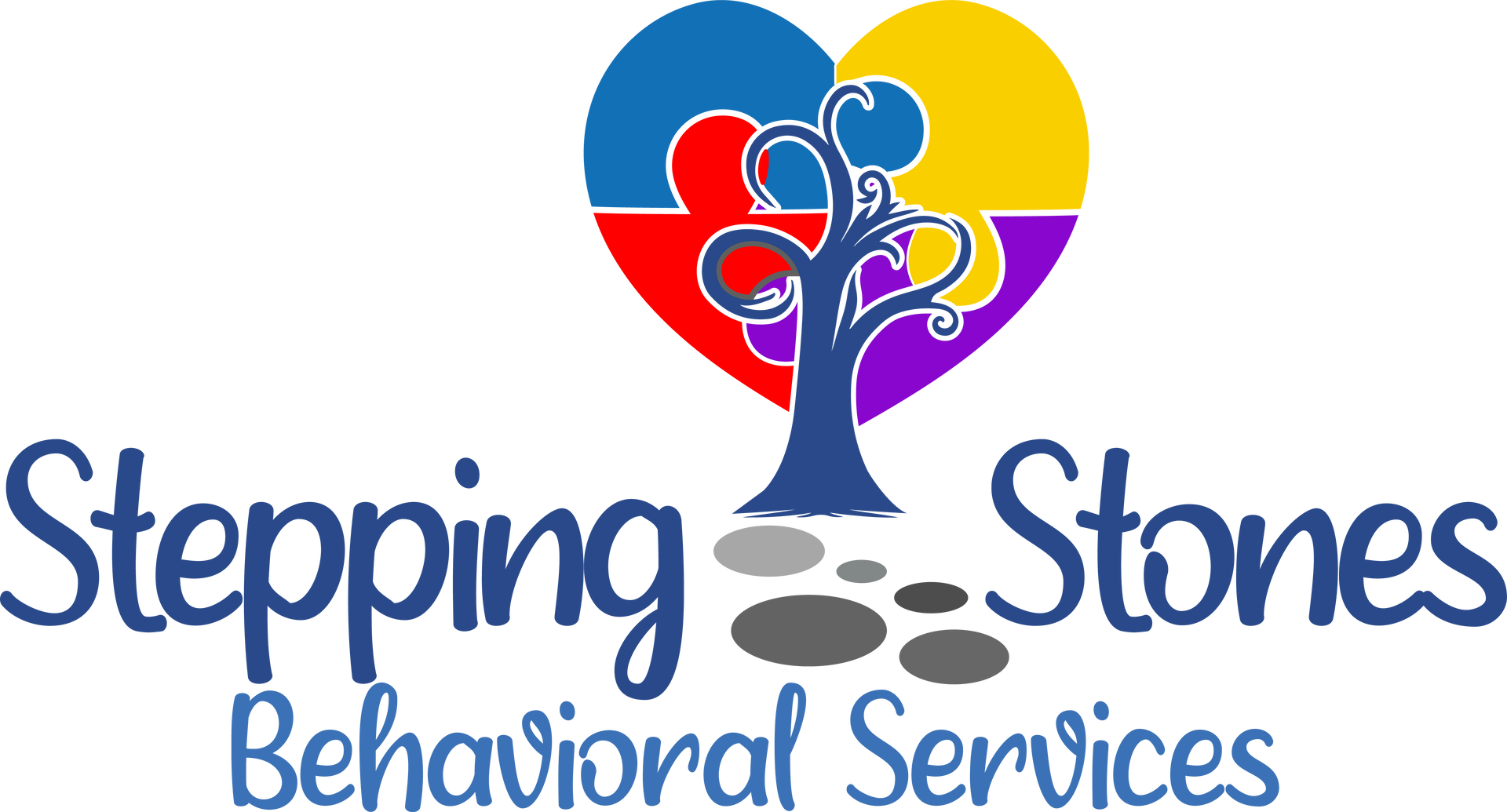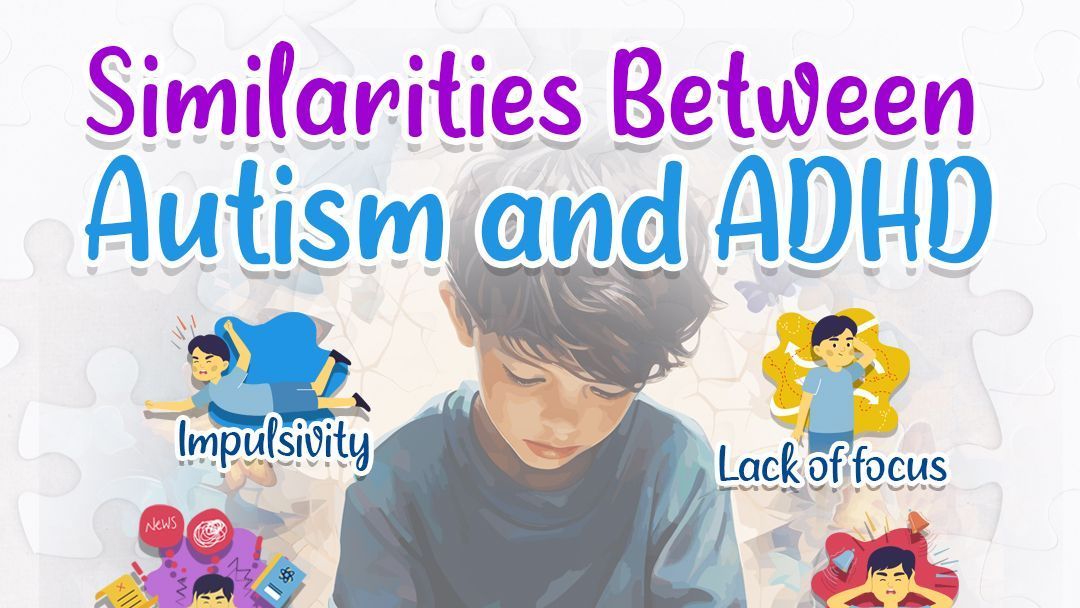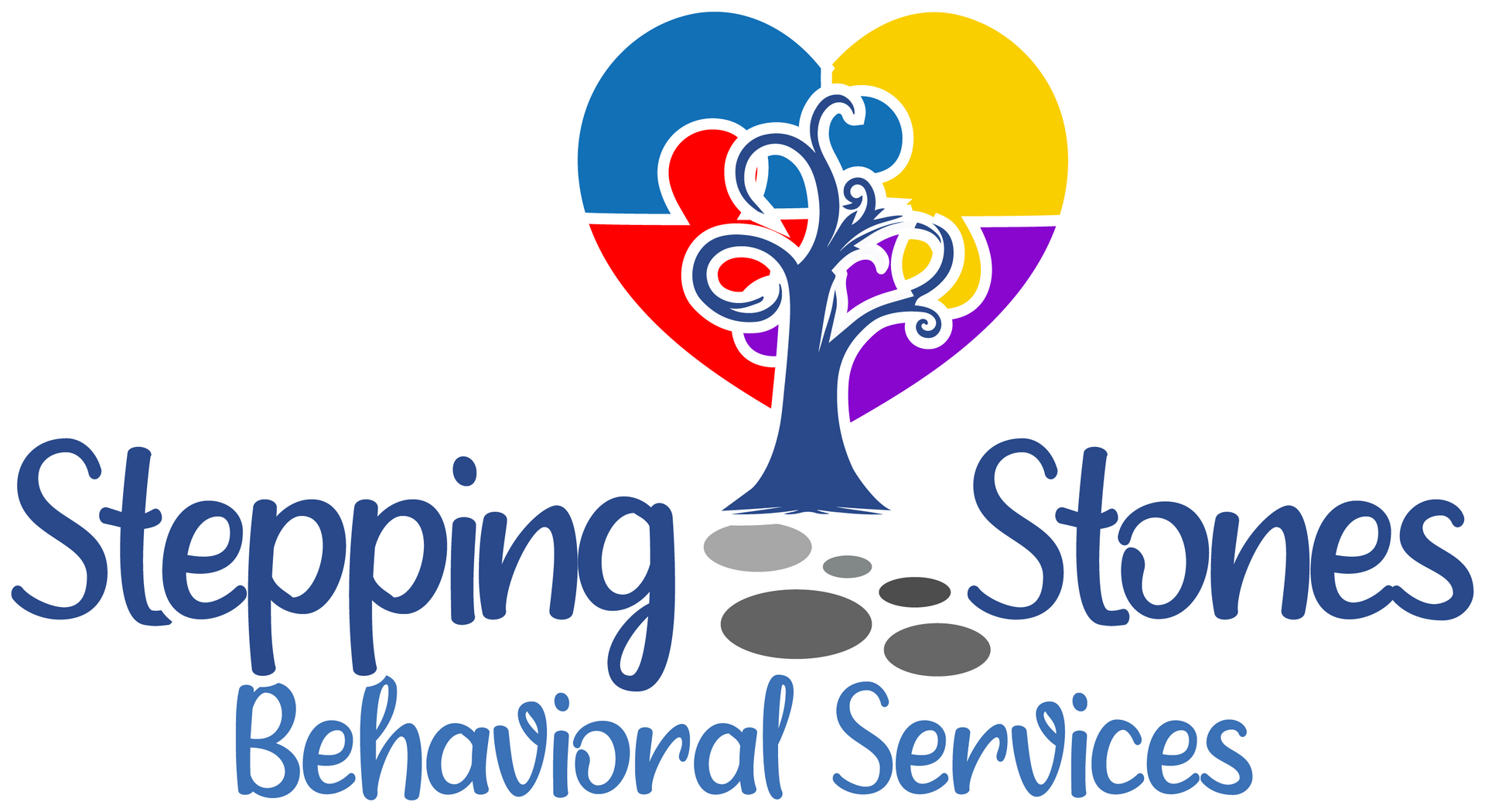
Now accepting new clients
ABA Therapy: Demystifying the Approach and Addressing Concerns
Applied Behavior Analysis (ABA) therapy is often misunderstood, particularly by those unfamiliar with it. In this blog, we’ll clarify what ABA stands for and address concerns about whether it may be harmful.
What Does ABA Stand For?
Applied Behavior Analysis (ABA) is a scientific approach to understanding and changing behavior. But what does this really mean for those considering or undergoing therapy?
Applied
Focuses on real-world, socially significant behaviors that impact a person's quality of life. These can include improving communication, social skills, or managing challenging behaviors.
Behavior
Targets observable actions, meaning therapists focus on what can be seen and measured, rather than internal thoughts or feelings.
Analysis
Uses data to evaluate progress and guide treatment. ABA relies heavily on data to inform decisions, ensuring that interventions are effective.

Addressing the Controversy: Is ABA Therapy Harmful?
The question of whether ABA therapy is harmful is a common concern, particularly given historical critiques. To answer this, it’s important to understand both the past and the present state of ABA practices.
Historical Concerns with ABA
- Use of Aversive Techniques: Early versions of ABA sometimes relied on punishment or aversive methods to reduce undesirable behaviors. These methods have been criticized for being overly harsh and unethical.
- Normalization of Behavior: Critics argue that ABA in the past focused on making autistic individuals appear more "typical" rather than embracing their unique differences. This has led to concerns that the therapy was more about conformity than helping individuals thrive in their unique ways.
Modern ABA Practices
Thankfully, ABA therapy has evolved significantly. Today, it emphasizes the following:
- Focus on Positive Reinforcement: Modern ABA avoids punishment and focuses on encouraging positive behaviors through rewards.
- Respect for Individuality: Therapy goals are now set in collaboration with clients and families, ensuring that the focus is on improving the individual’s quality of life, not changing their core identity.
- Strict Ethical Guidelines: ABA practitioners follow strict ethical standards set by the Behavior Analyst Certification Board (BACB) to ensure that ABA providers deliver services that are effective, respectful, and centered on the best interests of the individual, while upholding professional integrity and safeguarding client rights.
- Ongoing Research and Feedback: The field continues to evolve, informed by new research and the voices of individuals within the autism community.
The Importance of Qualified Practitioners
A key factor in ensuring that ABA therapy is effective and ethical is the qualification of the practitioners delivering it. Here are some things to look for:
- Proper training and certification are crucial for ethical and effective ABA therapy.
- Look for Board Certified Behavior Analysts (BCBAs) who stay updated on best practices.
Beyond Autism: The Broader Applications of ABA
While ABA is the only evidenced based treatment for autism, its principles can be applied to various areas:
• ADHD management • Developmental delays • Behavioral disorders • Skill acquisition in educational settings • Organizational behavior management
Conclusion: Making an Informed Decision
ABA therapy has proven to be an effective, but it’s not a one-size-fits-all solution. When considering ABA therapy for yourself or a loved one, keep these tips in mind:
- Research Thoroughly: Understand what ABA involves and its benefits to ensure it's the right choice.
- Choose Qualified Practitioners: Work with certified professionals who adhere to ethical standards.
- Keep Open Communication: Maintain a dialogue with your therapist to ensure goals align with personal needs and values.
- Monitor Progress: Regularly review therapy outcomes with the behavior analyst to adjust the treatment plan as needed.
Remember, every individual is unique, and what works for one person may not work for another. It's important to consult with healthcare professionals, such as physicians and psychologists, and consider their perspectives when making decisions about therapy options.

Useful Links
All rights reserved | Stepping Stones Behavioral Services Inc.
Powered by Altech Web Design





